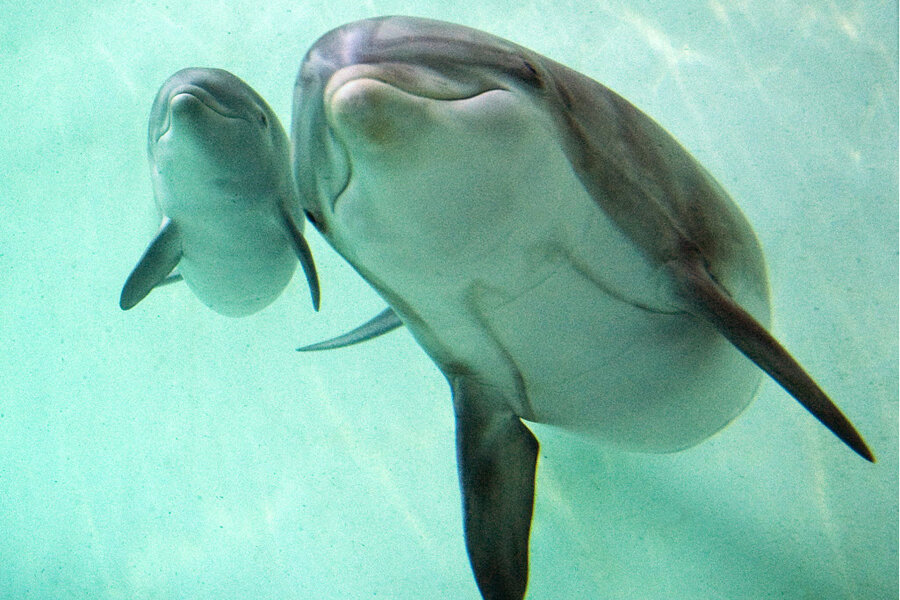Deep diving taxes the hearts of dolphins and seals, say scientists
Loading...
A Weddell seal can dive up to 2,000 feet below the surface, a depth that would crush most submarines, holding its breath for 45 minutes in Antarctic waters – but at what cost?
According to a new study published in Nature Communications, the mechanism that aids marine mammals on deep dives might not be very good for their hearts.
When diving, both marine and terrestrial mammals experience a reduction in heart rate called bradycardia, which allows them to conserve oxygen while holding their breath. But some marine mammals, including dolphins and seals, explore such extreme depths in pursuit of food. They must locate, chase, and kill their prey on a single breath – all while enduring intense hydrostatic pressure. The physical exertion of this act causes tachycardia – a spiked increase in heart rate. Until now, it was unclear how marine mammals coped with such a drastic cardiovascular disparity.
As it turns out, they might not cope so well at all.
For the study, lead author Dr. Terrie Williams analyzed the diving behaviors of bottlenose dolphins and Weddell seals. By fitting the animals with specialized equipment, Williams’ team was able to measure heart rate and depth over 165 separate dives. In over 73 percent of deep dives, the subject experienced cardiac arrhythmia – an irregular heartbeat.
Williams findings suggest that the alternation between slowed heart rate and quickened heart rate resulted in this erratic cardiac condition. In this way, bradycardia and tachycardia can work against each other. The effects of arrhythmia on the hearts of marine mammals is unclear, but Williams hopes her research will spur further research to that end.
“This paper is introducing people to the fact that we have some sort of ancestral baggage that seems to exist in these mammals,” said Williams, a professor of ecology and evolutionary biology at UC Santa Cruz. “That dive response that we thought was such a great safety mechanism for marine mammals isn’t perfect.”
The “diving reflex” has also been documented in humans. Infants, who can instinctively control their breathing for a short time when submerged in water, experience a slowed heart rate when swimming.
Williams’ research may also help explain why whales sometimes strand themselves on land. She notes that beaked whales, when exposed to shipping noise and mid-frequency sonars, will exhibit a “flight” response. That flight response triggers a suite of behaviors – first fleeing, then diving deep, and finally ascending to the surface rapidly. The same behaviors were observed in Williams’ seals and dolphins, usually resulting in arrhythmia. In other words, heartbeat irregularities resulting from a rapid dive and subsequent return to the surface could cause a whale to beach itself.
“Admittedly, the physiological repercussions of the flight responses are currently unknown,” Williams wrote. “However, these responses have the potential to override behavioural safeguards that maximize cardiac stability in extreme divers, and warrant consideration when as posse impacts of man-made disturbances on oceanic mammals.”
Cetaceans, including whales and dolphins, share a common land-dwelling ancestor. But evolution is not a perfect system. It doesn’t create traits from scratch, but compromises between existing ones. For oceanic mammals, it resulted in two competing impulses that can’t be reconciled – to slow the heart when diving and to speed it up when exercising.
“The more we got into this, the more we realized that there are so many signals going to the mammalian heart,” Williams said. “And as we started to look at this in detail for marine mammals, we noticed that the heart looks like the same heart you would see in a mountain lion. These animals are working with the same cardiovascular system, just packaged in marine mammal form. So maybe living in the ocean is asking an awful lot from that system.”








